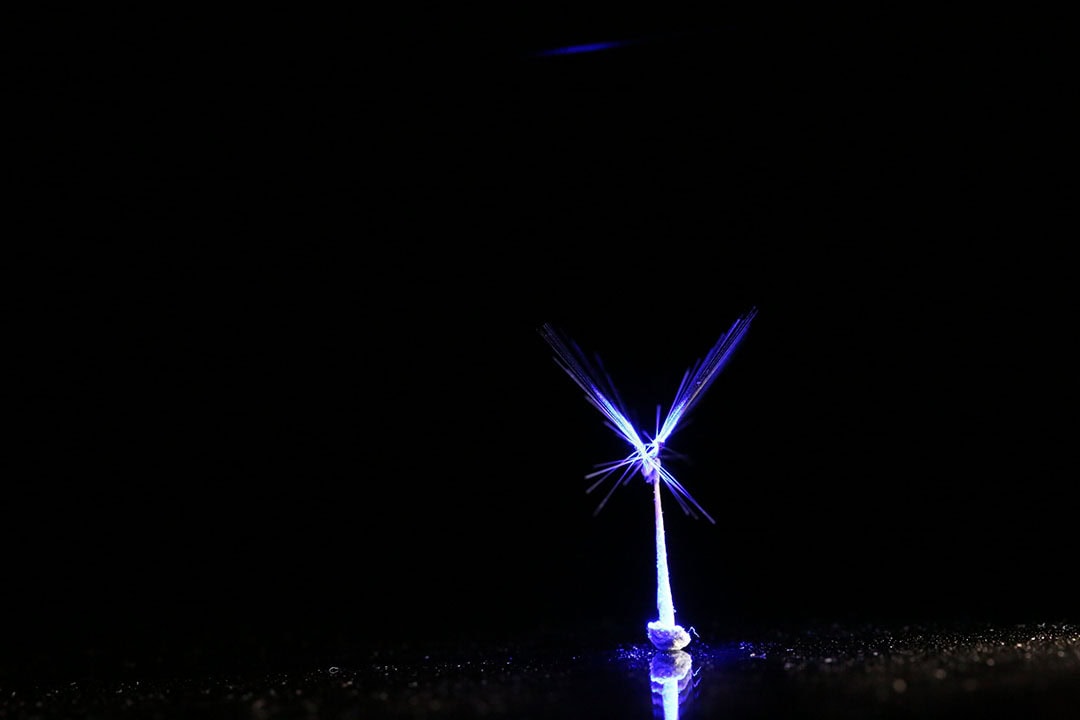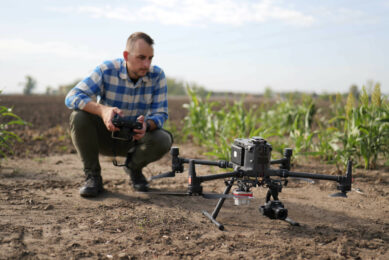Flying robot could be used for artificial pollination

Researchers at Tampere University in Finland have developed the first passively flying robot equipped with artificial muscle. They are investigating whether this “artificial fairy” can be used for artificial pollination.
In a project called FAIRY – Flying Aero-robots based on Light Responsive Materials Assembly – researchers of the Light Robots group at Tampere University are researching how to make so-called stimuli-responsive polymers fly. They have developed a polymer-assembly robot that flies by wind and is controlled by light.
The result is an “artificial fairy” that can easily float in the air directed by the wind. “The fairy can be powered and controlled by a light source, such as a laser beam or LED,” Hao Zeng, Academy Research Fellow and the group leader, said.
Next, the researchers will focus on improving the material sensitivity to enable the operation of the device in sunlight. In addition, they will up-scale the structure so that it can carry micro-electronic devices such as GPS and sensors as well as biochemical compounds.
Artificial pollination
According to Zeng, there is potential for applications in agriculture. “The proof-of-concept experiments included in our research show that the robot we have developed provides an important step towards realistic applications suitable for artificial pollination,” Zeng said.
Text continues below image

In the future, millions of artificial dandelion seeds carrying pollen could be dispersed freely by natural winds and then steered by light toward specific areas with trees awaiting pollination. According to Zeng this would have a huge impact on agriculture globally since the loss of pollinators due to global warming has become a serious threat to biodiversity and food production.
Problems to solve
The researchers say many problems need to be solved first. For example, how to control the landing spot in a precise way? How to reuse the devices and make them biodegradable? These issues require close collaboration with materials scientists and people working on microrobotics.
Join 17,000+ subscribers
Subscribe to our newsletter to stay updated about all the need-to-know content in the agricultural sector, two times a week.



